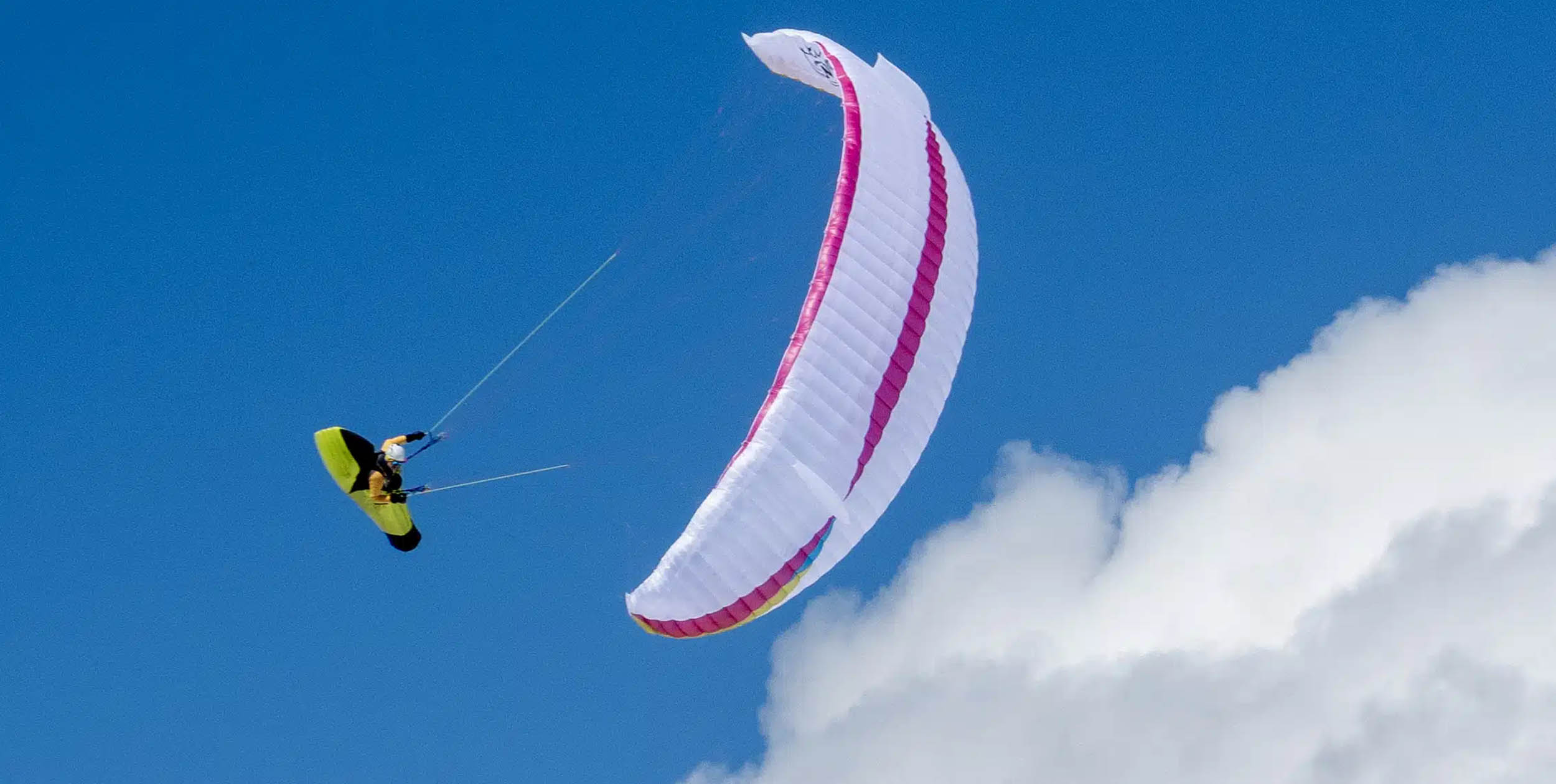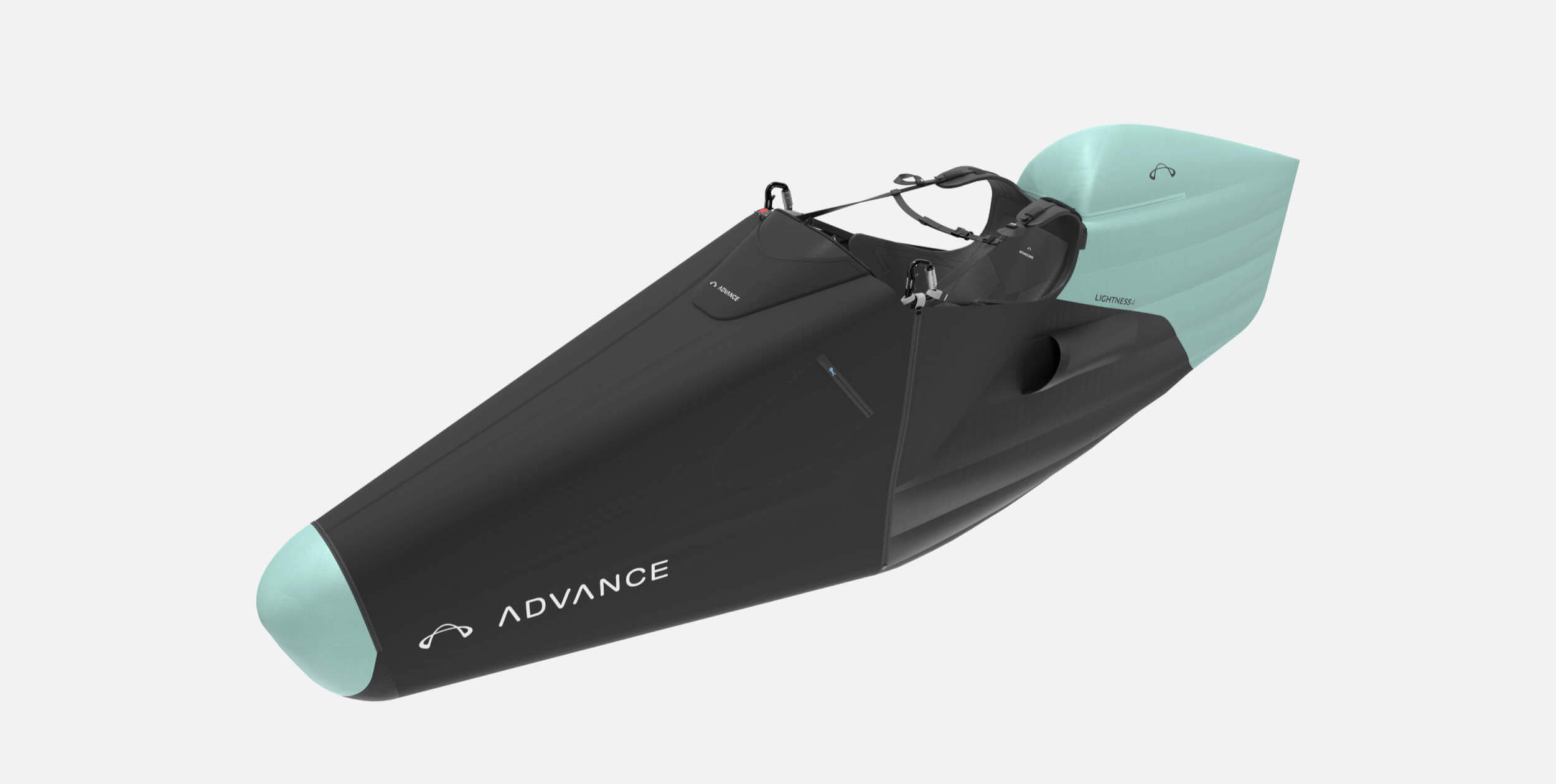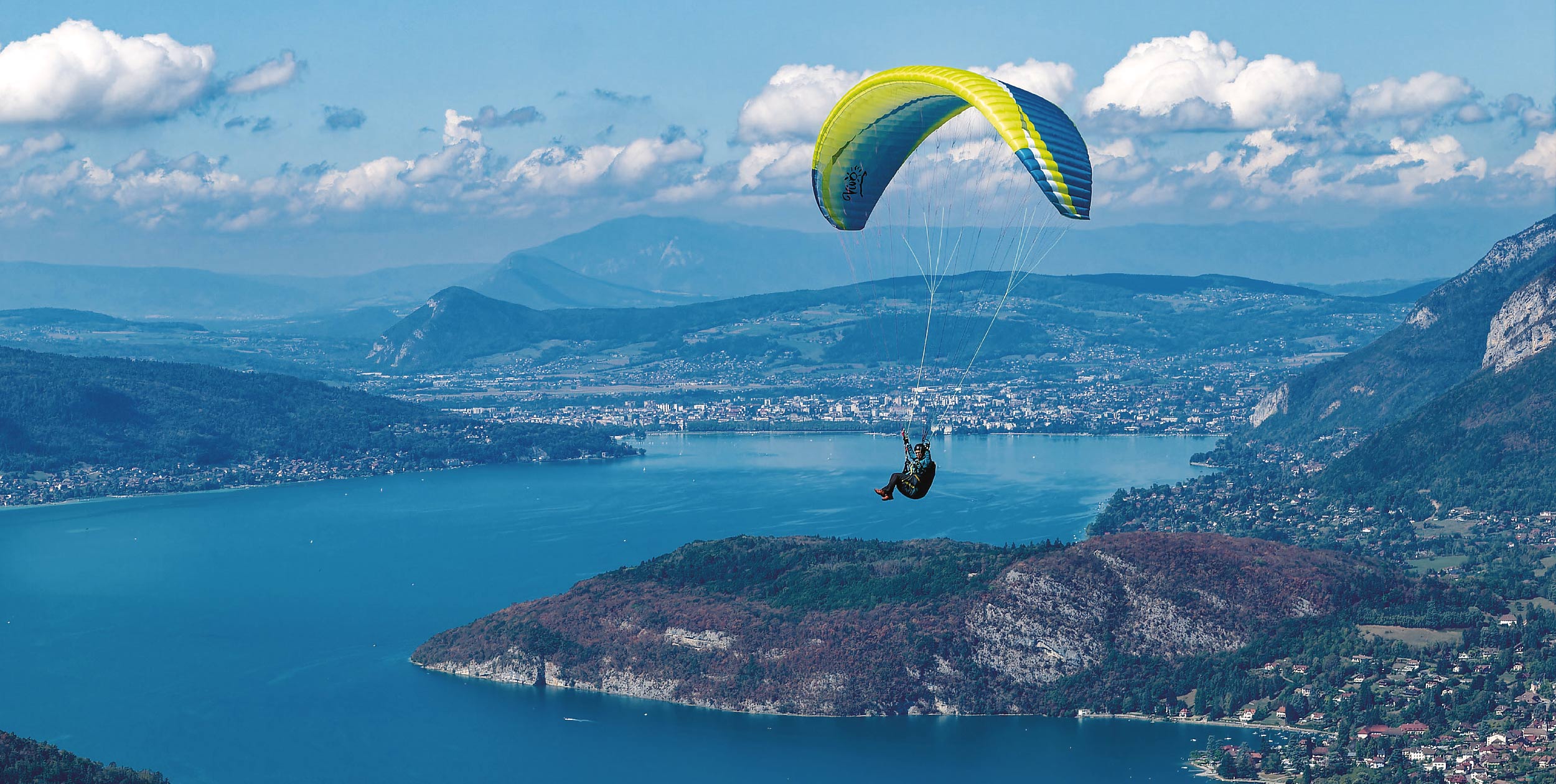Brian Steele flies the tenth iteration of Advance’s benchmark EN B to find out what’s new and how it compares. Photographs: Brian Steele and Adi Geisegger
Back in 2017 I reviewed the Epsilon 8 for Cross Country magazine (XC177). I expected solidity and predictability but not a great deal of enthusiasm or character. But I was really surprised at its playful nature, especially the way it turned. I also loved the Iota 2 – the high-B from Advance – and while I flew a 136km triangle on that wing, and loved it overall, the Iota was much more demanding.
What I’ve learned is that Advance design their wings for certain pilot levels. The Epsilon DLS fits between the Alpha 7 (EN-A) and the high-B Iota DLS. It is worth noting that the glider is also registered for paramotoring and can be fitted with paramotor risers, however we only flew the free-flight version.
What’s new?
Firstly, the typical numerical naming convention has been dropped and this 10th iteration is called the Epsilon DLS – Durable Lightweight Structure. To me, the words “durable” and “lightweight” don’t normally sit together, but I rolled the wing out on launch and carefully examined it.
Many manufacturers have light versions of their main wings. Advance’s approach is to make one version but make them the best of both worlds: optimised rather than compromised. They make specific hike-and-fly wings such as the Pi but, for regular use, pilots said they prefer longevity especially for the main touchpoints like the upper surface. Advance feel that during a typical light-wing’s lifespan the performance and behaviour deteriorate as the profile deforms. So, they focused on the internal structures such as re-enforcing bands, diagonals and lower surface, but not the upper surface.
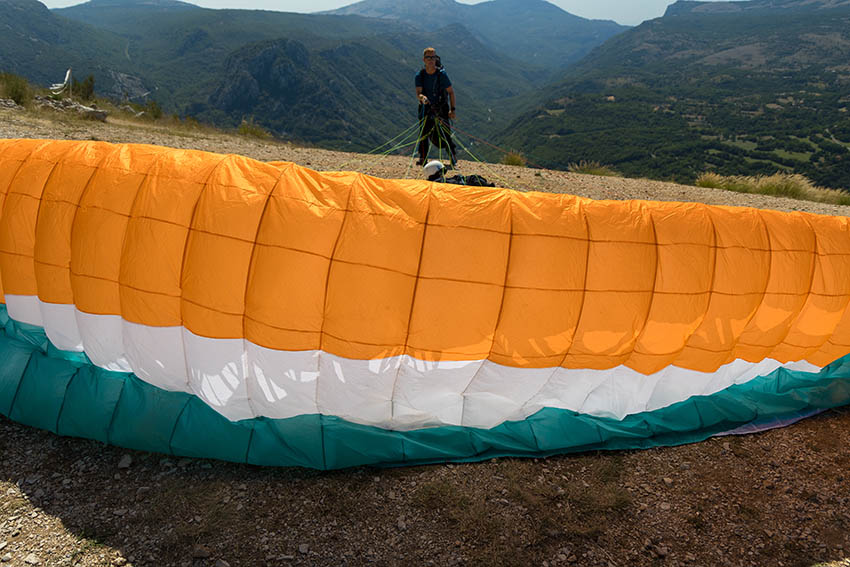
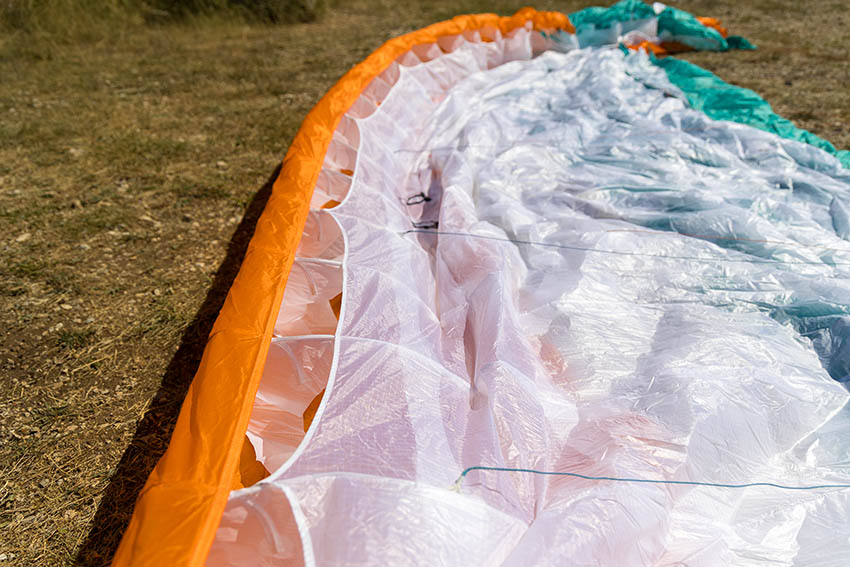
The DLS is up to 850g lighter than the previous model if the lighter risers are chosen. The glider uses a mix of Skytex 27 (on lower surfaces) and Skytex 38 (upper surfaces, where durability is required) throughout the wing but the lighter cloth actually only saves 150g; instead the vast majority of weight saving comes from the new internals and optional light risers shaving off a further 180g.
The wing I flew had standard risers which already seemed fairly light but very straightforward to use. The lighter risers use softlinks instead of maillons and ceramic rings instead of pulleys. Personally, I would use the standard risers as I fly in winter with huge gloves and prefer their ease of use.
The wing is designed for ‘hike-to-fly’ rather than ‘hike-and-fly’. The pilots of the Epsilon DLS will want to climb out and go XC. They won’t be content with a simple fly-down. I often have a 30-60 minute walk to launch and after all that effort I definitely prefer climbing out to bombing out!
I flew the Epsilon DLS size 24. The certified weight range is 67-90kg, but Advance specify an ideal weight range of 73-86kg. I was happy to be at the upper end of the range at 84kg all-up as I was going to be flying in summer thermals and prefer direct handling.
The weight of the wing on test was 3.85kg versus the 4.2kg of my usual Advance Sigma 11 with its 65 cells. It felt nice and compact in my rucksack which helped a little bit on the 25-minute walk to launch when keeping up with the mountain goats: Marcus and Charlie King.
In the air
My first flight on the Epsilon DLS was at an unfamiliar site. With a tricky first climb in a small, tree-lined gully, I was glad to be on an EN-B on this launch surrounded by the local skygods.
The wing looked very simple and clean laid out and the risers were very easy to organise and set up. As with my Sigma, the plastic magnet brake holders are my least favourite feature.
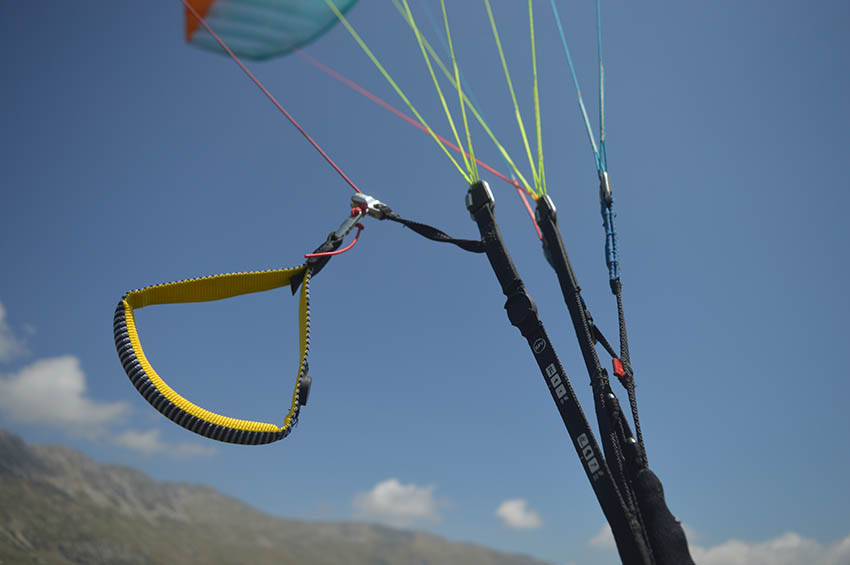
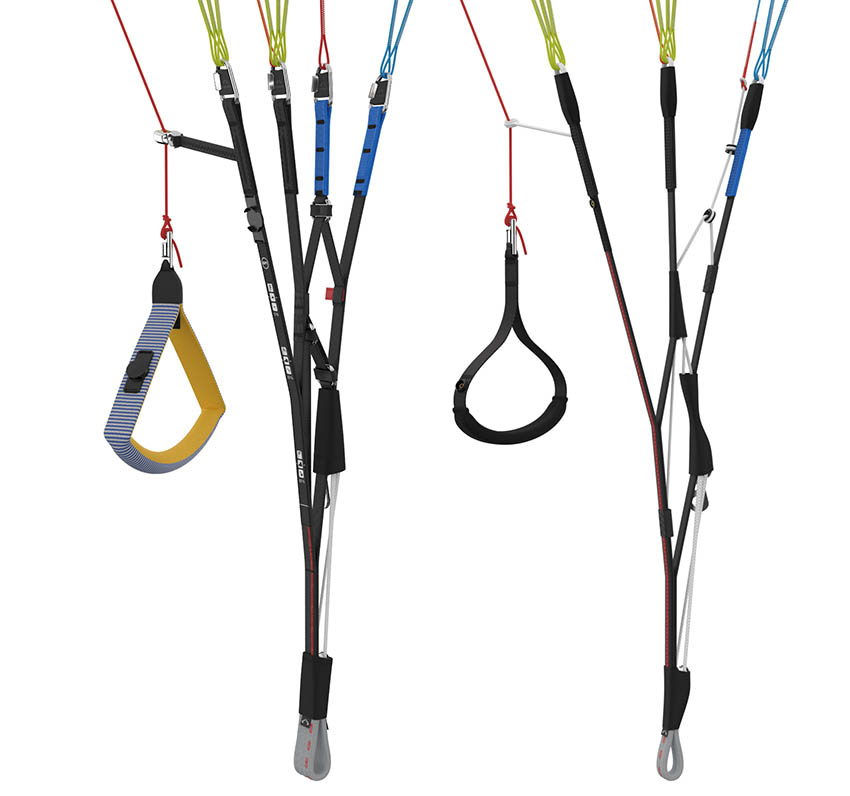
I occasionally brushed the brake off its holder when carrying the bunched-up wing and spent some time fishing around for the escaping brake line. However, if care is taken the magnet’s cup design mitigates this a little.
It was easy to build a wall and keep it on the ground until ready. The wingtips rested patiently and the wing barely needed any pressure on the risers to raise it in a decent thermic gust. Compared to a school glider or EN-A, the wing did need a little more dab of brakes to stop an overshoot. Once that was understood the wing was very easy to groundhandle and launch. It is one of those wings that is actually fun to groundhandle and quite direct and playful.
The first turns were where the wing really showed its character. If you’re moving up from an EN-A or choosing this as your first wing it may be a little surprising: the wing really does like to turn in quite quickly. Once you understand this, the turn-rate is one of the wing’s best features. It turns in a very small space without feeling unsettled. The feeling is smooth and linear. Advance never used to be known for making wings that turned with vigour and excitement. Even though my EN-C Sigma 11 turns well compared to previous iterations, it turns like a bus compared to the Epsilon DLS!
I played with the turn radius and brake travel and found that the wing was best kept at a decent airspeed even in turns. I could feel the spin point arriving quite quickly when slowing down too much, increasing inner brake to tighten the turn: I preferred to keep some speed. Newer pilots may feel the urge to slow down quite a lot but I’d suggest they let the wing fly a little more towards trim speed until they get used to the brake range.
In weaker lift I could moderate the turn nicely with weightshift and some outer brake alone but using small movements of both brakes really helped to keep the energy and efficiency. The wing was quick to react when I wanted to use some pitch energy to create a rapid hook turn.
I had no problems climbing with the wing and only lost out against higher level wings when we started to transition. I felt I had a decent speed increase of around 13km/h when using full bar and the wing felt very stable at speed. It feels efficient and has a decent trim speed and glide. On an into-wind crossing of about four kilometres I pushed bar for several minutes and felt the pressure was easy enough to maintain. The glide into wind was very acceptable for a wing of this class.
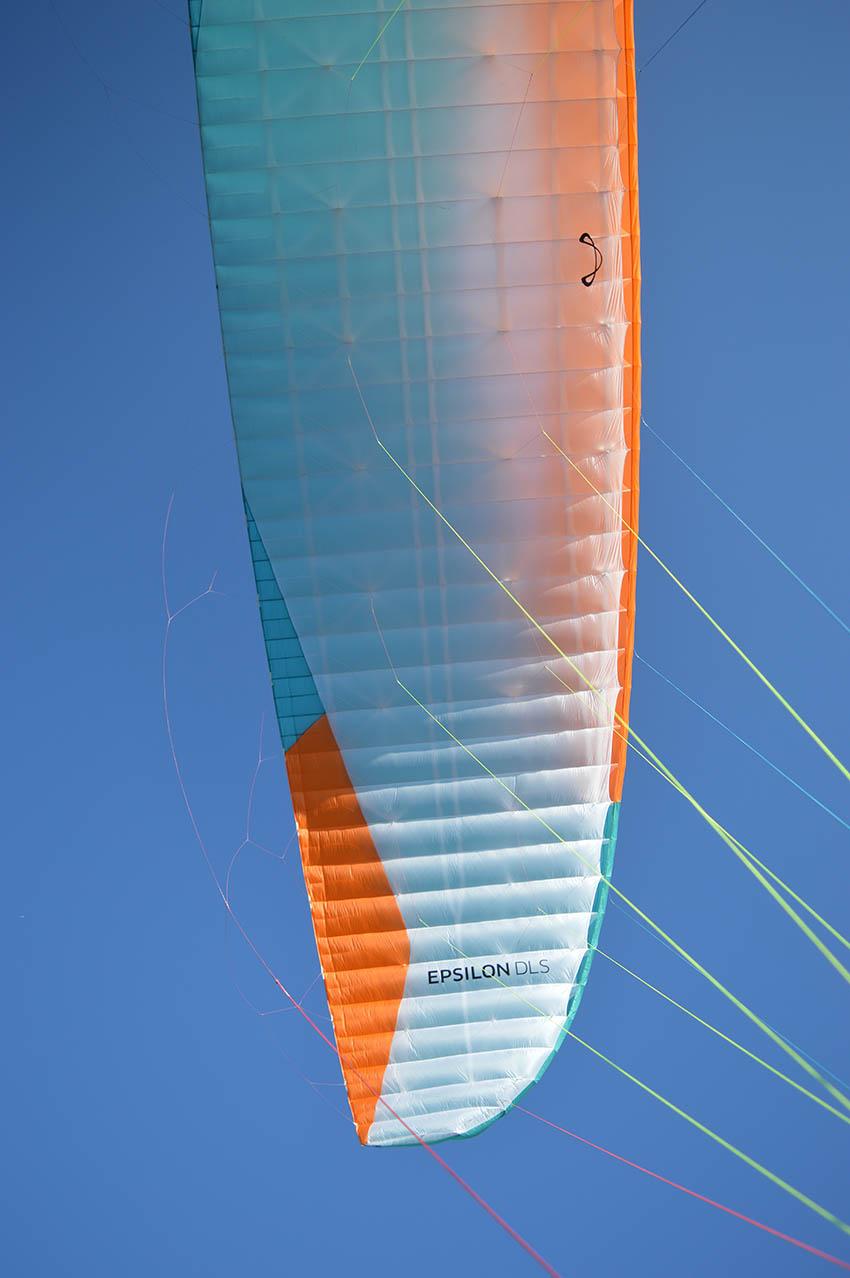
Some EN-Bs feel bullied when pushing through thermals or rougher air. The Epsilon DLS smoothed things out while giving enough feedback. It felt very roll and pitch stable whenever I needed to relax and push on. I was never taken by surprise by any kung-fu the thermals threw in my direction. And I was able to damp out the larger surges quickly as the brakes are long enough to have a margin for error but short enough to give good pilots the feeling of control.
I didn’t feel tired when trying to make crosswind or lumpy into-wind transitions.
All of us need rests between thermals on a cross country flight. The comfort factor between climbs will really help newer XC pilots to relax and think of the next move, rather than constantly chasing a pitching, rolling wing around.
Getting down
To get down at the end of the flight I started with big ears. Ears were extremely easy to locate and operate with the separate big ears risers. They recovered extremely easily with no need to pump the brakes to clear them. With a little bar pressed during ears the wing felt more positive and stable.
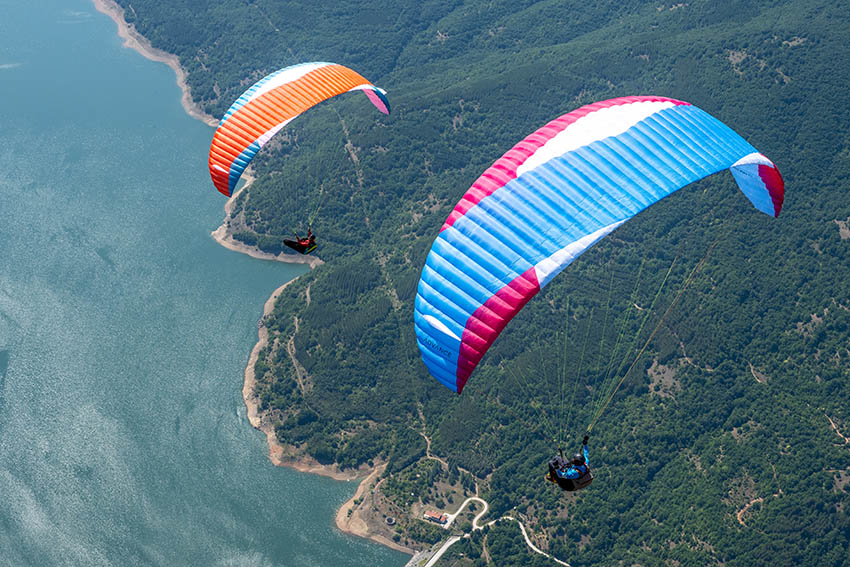
Spirals were nice and easy to initiate and entered a little more rapidly than I was used to with my higher aspect wing. The transition from normal turn to steep turn is a little more rapid than newer pilots may be used to, but once into a steady, shallow spiral the turn rate is easy to modulate using outer brake. Recovery was stable and required only a small damp on the exit surge.
Overall, the wing felt like a standard EN-B with no negatives from having a lighter construction. Light wings can bring with them additional flex, hesitancy or rustling noises and the DLS suffers from none of these. Looking up at the glider it appears to flex or distort only when nearing spin point in a thermal. It moves enough to communicate what the air is doing without making you overly worried. It felt like it operated in a small and well secured sphere of movement: if it pitched too hard it would come up against a natural limit.
XC potential
Comparing the wing to my previous Epsilon experience way back in 2017 I’d say that the current iteration has all of the ease of use but with more fun and lively handling. Having this in a small, light package that lasts as well as a standard-weight wing really would seal the deal for me if I were an up-and-coming XC pilot.
Yes, the Iota DLS is a B but for newer pilots that wing will demand more in terms of understanding, pitch management and overall wing control. The Epsilon DLS demands that you are not heavy handed and requires some understanding of pitch and airspeed for sure, but once dialled in it is a lot of fun.
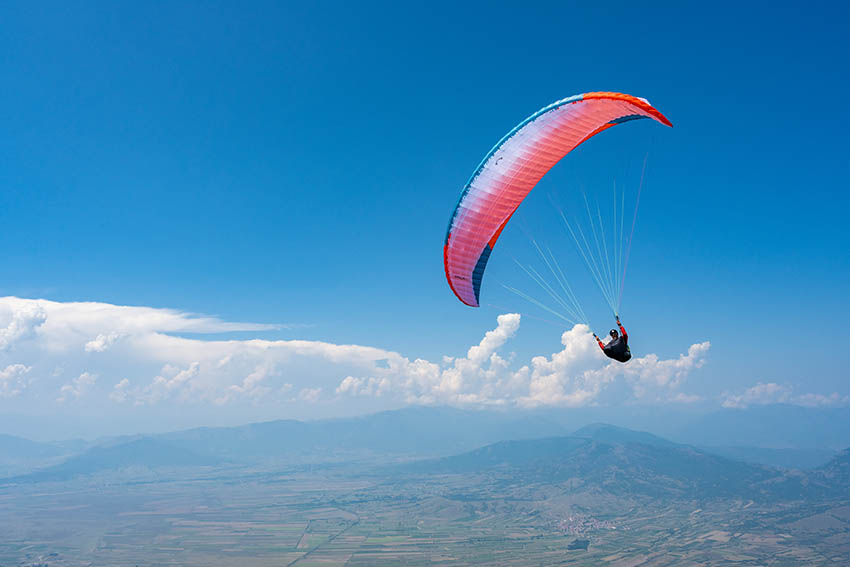
The wing isn’t just something for newbie XC pilots. Experienced pilots who are considering stepping down will have to consider whether our EN-C gliders are justified when the glide and fun factor of the Epsilon and Iota allow us to do our local XC runs with less worry and stress. OK,
I felt like the king of the world, blasting around on a beautiful Triple Seven Queen 3 Light recently. But the fun factor of the Epsilon DLS and immediacy of the controls meant I’d only prefer the higher class wing for a much longer and more ambitious XC.
The verdict
If you’re a talented beginner looking for a first wing that you will grow into, then the Epsilon DLS could be a great wing to take you from post-school to some fairly long XCs. It has excellent handling and climbs very well. When you are tired and need to have a mental break in flight the wing will look after you and it’s a solid and dependable B-class wing.
However, for those of you with heavier hands and less finesse, I’d say it is best to stay with a slightly lower EN-A wing for a while and look forward to the Epsilon as your second wing. For older and bolder XC pilots like me, don’t write off the Epsilon DLS. It would also make a great little travel wing: robust but compact.
For general use or for longer XC action in the B segment I would be tempted to test fly the Iota DLS first as I have EN-C skills. Having said that, the Epsilon was a lot more fun to fly than I expected and I was able to do my usual local XCs without too much of a problem.
When I flew my Sigma a few weeks later in the Pyrenees I had much more performance on glide but I missed some of the playfulness of the dependable Epsilon DLS. A real joy of a wing to fly.
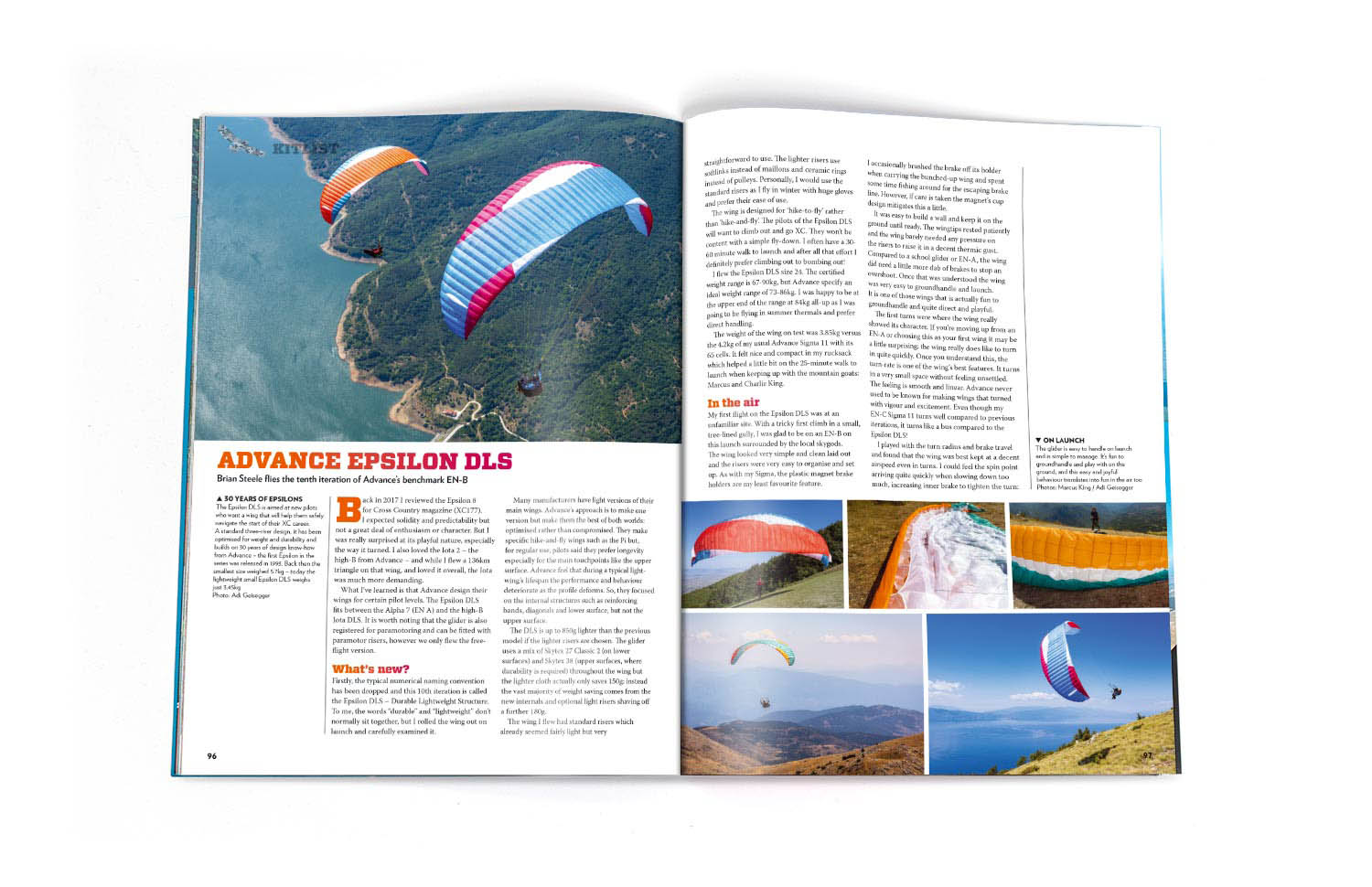 Brian flew the Advance Epsilon DLS (24) in thermic conditions in the south of France in summer and autumn. He was flying an Advance Lightness 2 harness at 84kg. Published in Cross Country 247 (Jan/Feb 2024)
Brian flew the Advance Epsilon DLS (24) in thermic conditions in the south of France in summer and autumn. He was flying an Advance Lightness 2 harness at 84kg. Published in Cross Country 247 (Jan/Feb 2024)
Manufacturer’s Specification
- What Advance say: “Progress, flight after flight. With the Epsilon DLS you can discover the whole spectrum of paragliding. Just as perfect for starting cross-country flying as it is for hike-to-fly and travel”
- Use: Leisure flying
- Pilot level: Intermediate
- Sizes: 22, 24, 26, 28, 30
- Flat area (m²): 22, 23.7, 25.7, 27.6. 29.6
- Risers: Standard, lightweight or paramotor
- Weight with standard risers (kg): 3.65, 3.85, 4.1, 4.35, 4.6
- Take-off weight (kg): 55-77, 67-90, 79-103, 91-118, 105-135
- Cells: 47
- Flat aspect ratio: 5.14
- Certification: EN B
- Advance.swiss


